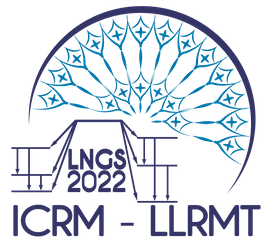Speaker
Description
In the context of environment monitoring, we aim at (i) reducing the time between the sampling and the detection of radionuclides in the samples and (ii) computing a precise estimation of the activity in the sample we analyse, particularly at low-level. To achieve this, we focus on a full spectrum analysis algorithm on gamma-ray spectrum obtained on HPGe detectors.
Full spectrum analysis has proven to perform very well compared to usual peak based analysis as emphasized in Xu et al. (2020, 2022). In fact the information carried in the entire spectrum allows to lower the detection limits and estimate the activity of the radionuclide, even at the mBq level. However, current analysis methods focus on a single spectrum, measured after a long decay time (e.g. days) to limit the impact of short-lived radionuclides. This highly limits the ability of the early detection of artificial radionuclides. For that purpose, we propose to rather rely on multiple measurements of the sample in time and make use of the time decay of the radionuclide’s activity in the framework of full spectrum analysis. This is first carried out by taking multiple measurements, integrated on short time intervals. We further introduce a new multi-temporal full spectrum analysis that allows the joint analysis including time-dependency of the spectra. In contrast to standard analysis methods, it models for both the full energy spectrum of the radionuclides to be identified and quantified, as well as their disintegration scheme, including parent-daughter dependencies for radionuclides which belong to radioactive series.
In continuity with these previous works we propose in this paper a novel approach, which performs in an online estimation procedure, allowing to process rapidly the data as they are taken, including in list mode. The algorithm is further based on a multi-temporal multiplicative update algorithm, which allows to precisely account for the Poisson statistics of the data. Numerical experiments and comparisons with standard analysis methods have been carried out on both simulated and real measurements of aerosol samples. Preliminary results show that accounting for temporal information allows for an earlier detection of artificial radionuclides than standard methods.

